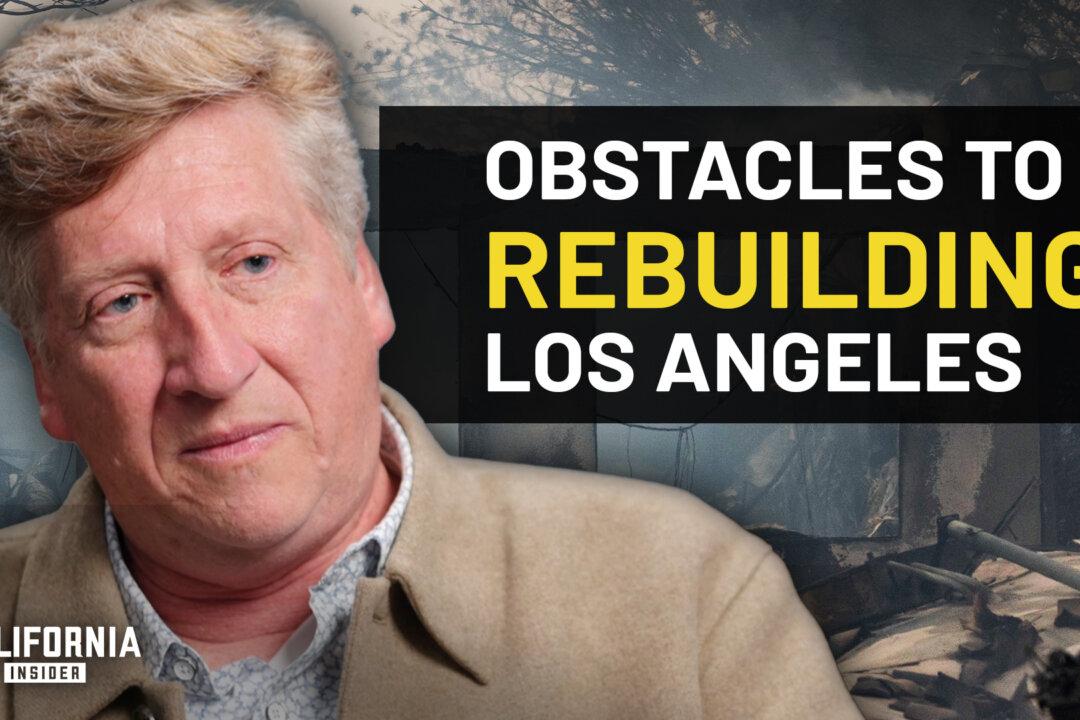California’s Rising Electricity Rates: Policy Choices and Unintended Consequences
The Puzzle of Escalating Electricity Costs: California’s electricity rates are not just climbing; they’re soaring above the national average, leaving residents and experts alike puzzled. Susan Shelley, a columnist with the Southern California News Group, brings this issue into sharp focus. The continuous uptick in rates, year after year, begs the question: Why is California uniquely affected?
The Climate Policy Connection: Politicians often cite climate change as the rationale behind these increasing costs. However, Shelley points out a critical distinction: climate change is a global phenomenon, but the specific policy responses are local. In California, these policies, though well-intentioned for environmental protection, have inadvertently led to higher electricity bills.
The Hidden Tax: Cap and Trade: A significant factor in these rising costs is the cap and trade program. This ‘hidden tax’, as Shelley calls it, is levied on electricity generation plants for their greenhouse gas emissions. The cost of buying permits to cover these emissions inevitably trickles down to consumers, affecting not only electricity but also gasoline and diesel fuel prices.
Renewable Energy Mandates and Their Costs: Shelley emphasizes the role of legislative mandates for renewable energy in escalating costs. Since 2006, California has aggressively pursued renewable energy sources like solar and wind. However, these sources are not only intermittent but also require extensive land use and long-distance transmission lines, contributing to the higher costs.
Governor Newsom’s Approach and Technological Limitations: Governor Newsom’s push for more spending on renewable energy sources, particularly offshore wind and battery storage, is under scrutiny. Shelley argues that while these are forward-thinking, the technology is not yet efficient or cost-effective enough to meet the state’s needs, especially during peak hours.
The Broader Impact on California’s Infrastructure: The mandates extend beyond just electricity generation. The drive for so-called clean trucks and the necessary charging infrastructure are also set to increase electricity rates. As these costs are passed on to the consumers, Shelley questions the overall effectiveness of these policies in encouraging the adoption of electric vehicles and appliances.
Legislative Solutions and Their Drawbacks: In 2022, California’s legislature passed a budget bill introducing a tiered fixed charge for electricity based on household income. While intended to mitigate the impact of rising costs, Shelley views this as a potentially disastrous approach, complicating the billing system and failing to address the underlying policy issues.
The Way Forward: Revisiting Policies: Shelley asserts that the current trajectory of California’s energy policies is unsustainable. The goal of 100% clean electricity by 2045, as mandated by state law, seems increasingly unattainable with the current technology. She suggests that the state should reconsider and possibly extend its target dates for transitioning away from carbon-based fuels.
California’s Global Role in Climate Change: Despite the state’s ambitious efforts, Shelley reminds us that California accounts for only 1% of global greenhouse gas emissions. Thus, the state’s unilateral actions might have a minimal impact on global climate change, especially considering the continued use of coal in countries like China and India.
Conclusion: Balancing Environmental Goals and Practical Realities: The article concludes with a call to balance environmental aspirations with practical realities. Shelley argues for a more measured approach that acknowledges the progress made in reducing pollution while also considering the limitations and costs of current renewable technologies. The need for abundant, reliable, and clean energy in California is clear, but finding the right path forward requires a reevaluation of existing policies and a willingness to adapt them to emerging realities.
*Views expressed in this video/article are opinions of the author and do not necessarily reflect the views of California Insider.





